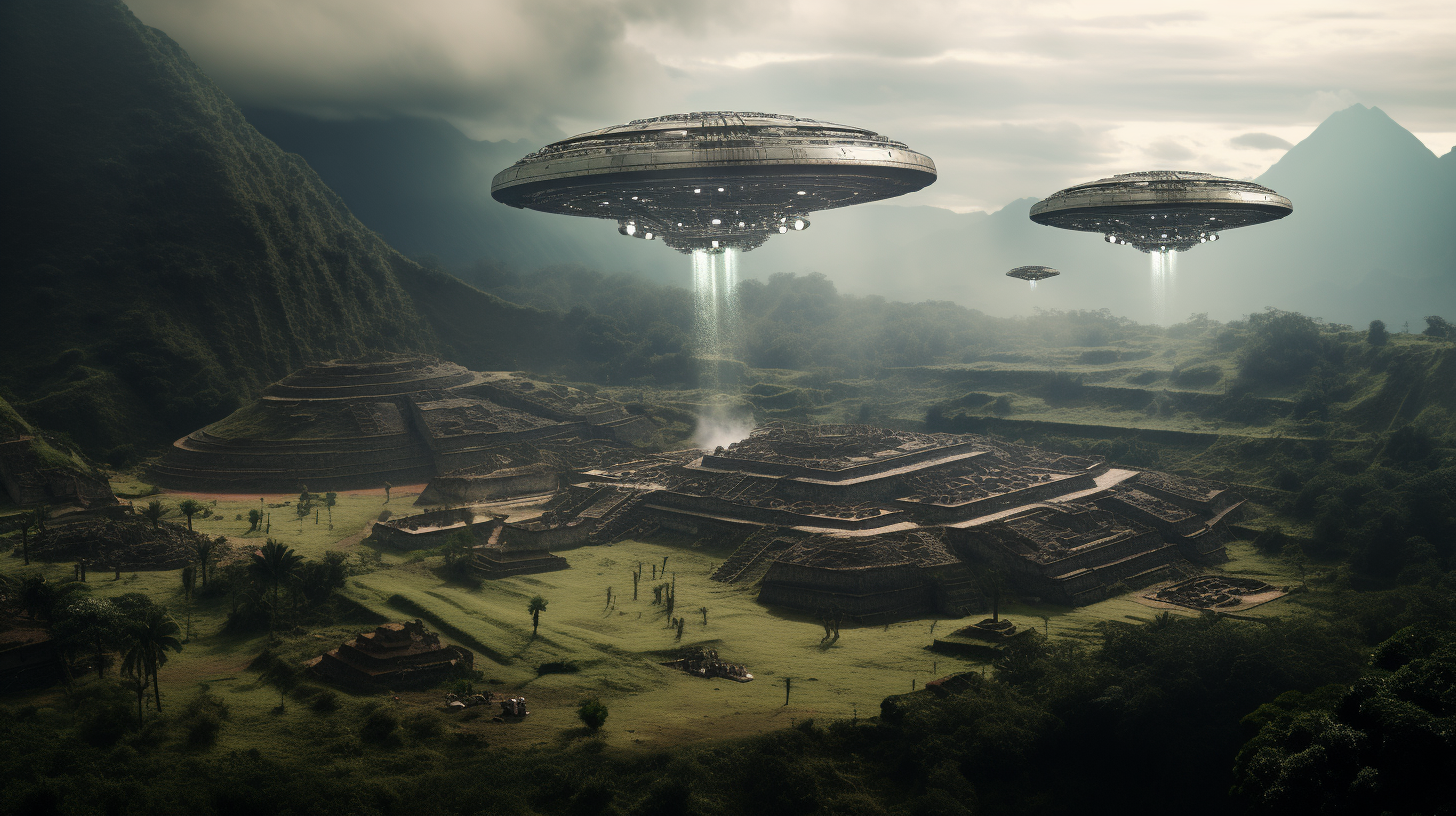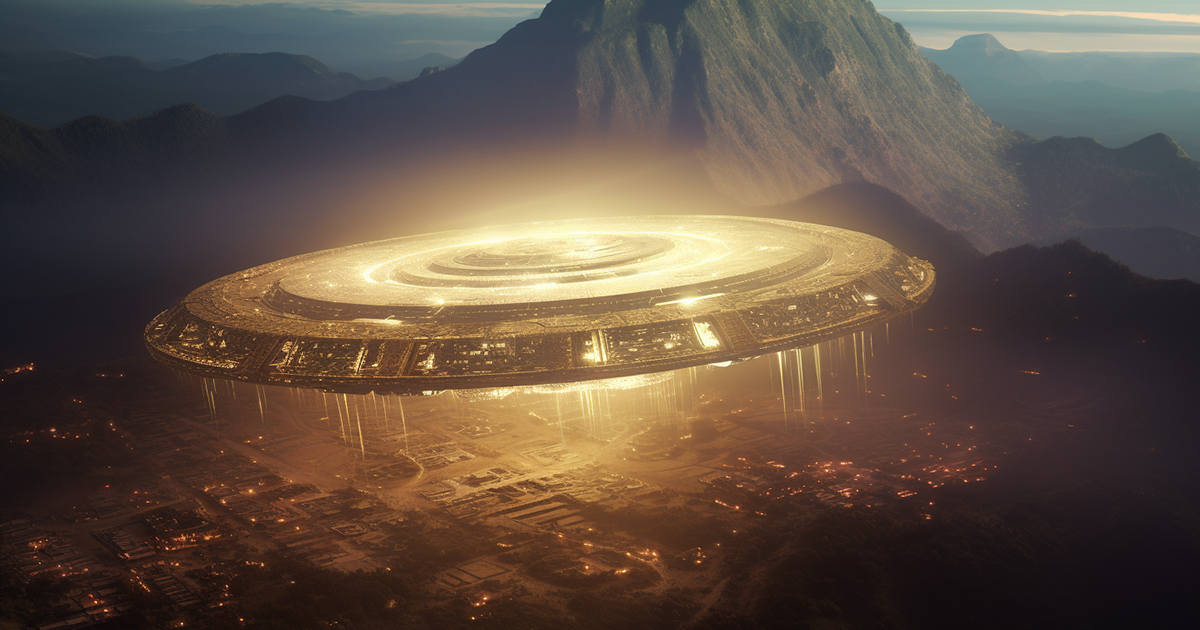Located in the majestic Andes Mountains of Peru, lies the historic city of Cusco. Once serving as the capital of the formidable Inca Empire from the 13th to 16th centuries A.D., this city conceals numerous mysteries that continue to fascinate archaeologists and enthusiasts. Among the wonders of Cusco, the intriguing Sacsayhuaman stands as a living testament to the ancient brilliance that once graced this region.
Perched above Cusco, Sacsayhuaman is a megalithic site and an elaborate ceremonial complex that has long puzzled scholars and visitors alike. Its most notable feature is a zigzag wall constructed from massive stones, some weighing up to a staggering 125 tons, transported from a quarry located at least three miles away. The precision in stone placement is so impeccable that not even a dollar bill can fit between the blocks.
Traditionally, it was believed that the Inca civilization, less than 1,000 years ago, built Sacsayhuaman. However, a more astonishing theory has surfaced – suggesting that the Inca merely enhanced an existing structure built by a much older civilization. Early Spanish chronicles even mention the Inca denying credit for Sacsayhuaman, stating that the site predated their reign.

Many scholars now argue that Sacsayhuaman existed before the Inca by thousands of years, raising the question of how an earlier civilization possessed the technology and wisdom to erect such a breathtaking edifice. The stones used in Sacsayhuaman are metamorphosed limestone, much harder than the bronze tools available to the Inca.
Upon examining the construction methods, it becomes clear that there is a significant disparity between megalithic construction, known for its perfectly fitting stones, and Inca construction, which relied on stacking stones with mortar. If Sacsayhuaman indeed predates the Inca, as they claimed themselves, then who were the enigmatic masterminds behind this ancient marvel?
Legends and folklore offer intriguing clues. Ancient Inca narratives speak of celestial beings descending from the skies in antiquity, imparting wisdom to Earth’s inhabitants. This narrative aligns closely with the controversial theory of ancient astronauts, suggesting that humans, under extraterrestrial guidance, were the true architects of Sacsayhuaman.
The mystery of Sacsayhuaman continues to challenge our comprehension of history and archaeology. As we delve deeper into the secrets of this extraordinary site, we are compelled to contemplate the prospect that our planet’s history may have been influenced by otherworldly forces, as hinted by the tales of the ancient Inca.
Nestled in the heart of Cusco, surrounded by the magnificence of the Andes, Sacsayhuaman stands as a silent guardian of a bygone era draped in mystery and marvel. It serves as a reminder that our past is a complex tapestry where the threads of human innovation and cosmic intervention may forever intertwine.
